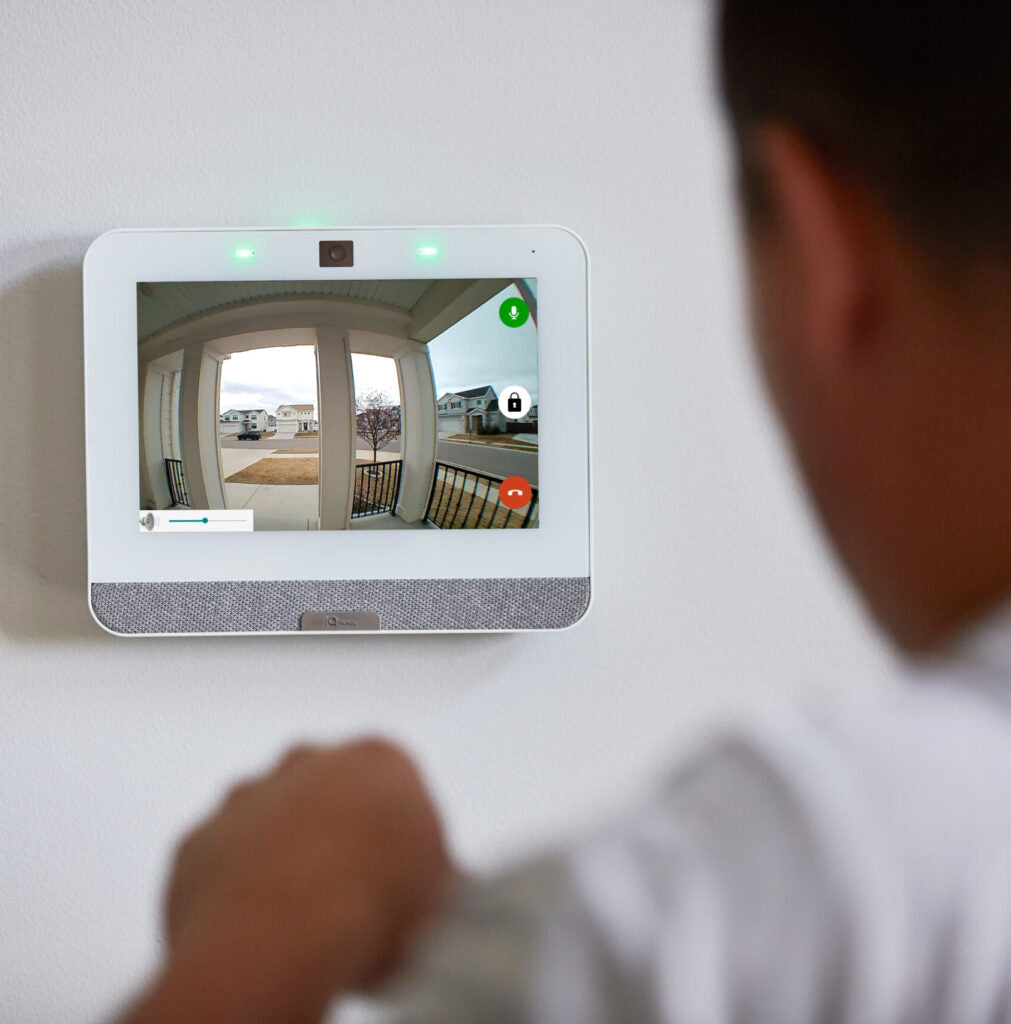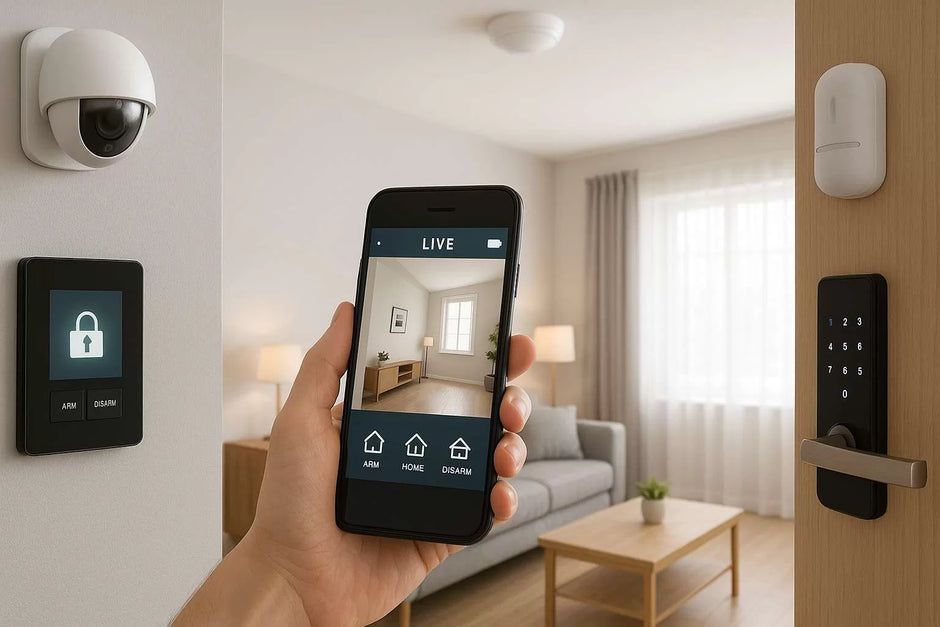In an increasingly connected world, home security has become more accessible and sophisticated than ever. Whether you're a homeowner or renter, understanding how home alarm systems work can help you make informed decisions about protecting your property and loved ones. This beginner’s guide breaks down the basics of home alarm systems—how they function, what they include, and why they matter.
What Is a Home Alarm System?
A home alarm system is a network of devices designed to detect unauthorized entry, monitor your home, and alert you or emergency responders in case of a potential threat. While systems can range from simple to highly advanced, they typically include sensors, control panels, alarms, and communication tools.
Key Components of a Home Alarm System
1. Control Panel
The control panel is the brain of your alarm system. It connects all the components and allows you to arm or disarm the system, usually via a keypad or touchscreen. Many modern systems offer remote access through smartphone apps.
2. Sensors
Sensors are the front line of your security. Common types include:
-
Door and Window Sensors: Trigger when a door or window is opened.
-
Motion Detectors: Sense movement inside the home, typically using infrared technology.
-
Glass Break Sensors: Detect the sound or vibration of breaking glass.
3. Security Cameras
While not always part of traditional alarm systems, cameras have become a staple in modern setups. They allow for real-time monitoring, recording, and even two-way communication.
4. Alarms and Sirens
When a sensor is triggered, the system activates an audible alarm to alert anyone nearby and potentially scare off intruders. Some systems also include flashing lights for added visibility.
5. Monitoring and Communication
Home alarm systems can be self-monitored or professionally monitored:
-
Self-Monitored Systems send alerts to your phone or email.
-
Professionally Monitored Systems are connected to a monitoring center that contacts emergency services on your behalf.
How Do They Actually Work?
Here’s a step-by-step look at how a home alarm system functions:
-
System is Armed: When you leave the house or go to bed, you activate the system via the control panel or an app.
-
Sensor is Triggered: If a door opens, a window breaks, or motion is detected, the sensor sends a signal to the control panel.
-
Alarm is Activated: The system triggers a loud alarm and/or sends alerts to your phone.
-
Monitoring Center Notified (Optional): If you're using a professional monitoring service, they’re alerted immediately and assess whether to contact emergency services.
-
Response: Depending on the alert, you or the authorities take action.
Types of Alarm Systems
-
Wired Systems: Rely on physical connections between devices. More stable but harder to install.
-
Wireless Systems: Use Wi-Fi or other wireless signals. Easier to install and often more flexible.
-
Smart Systems: Integrate with other smart devices like doorbells, lights, and thermostats for full-home automation.
Why Get a Home Alarm System?
-
Deterrence: Most burglars avoid homes with visible security systems.
-
Peace of Mind: Know your home is being monitored, even when you're away.
-
Insurance Discounts: Many insurers offer lower rates for homes with alarm systems.
-
Emergency Alerts: Systems can also detect smoke, carbon monoxide, and flooding.
Final Thoughts
Home alarm systems are no longer a luxury—they’re a practical investment in your safety and peace of mind. Whether you opt for a DIY solution or a professionally monitored system, understanding the basics helps you choose what’s best for your home. With the right setup, you can rest easy knowing your home is well protected.








